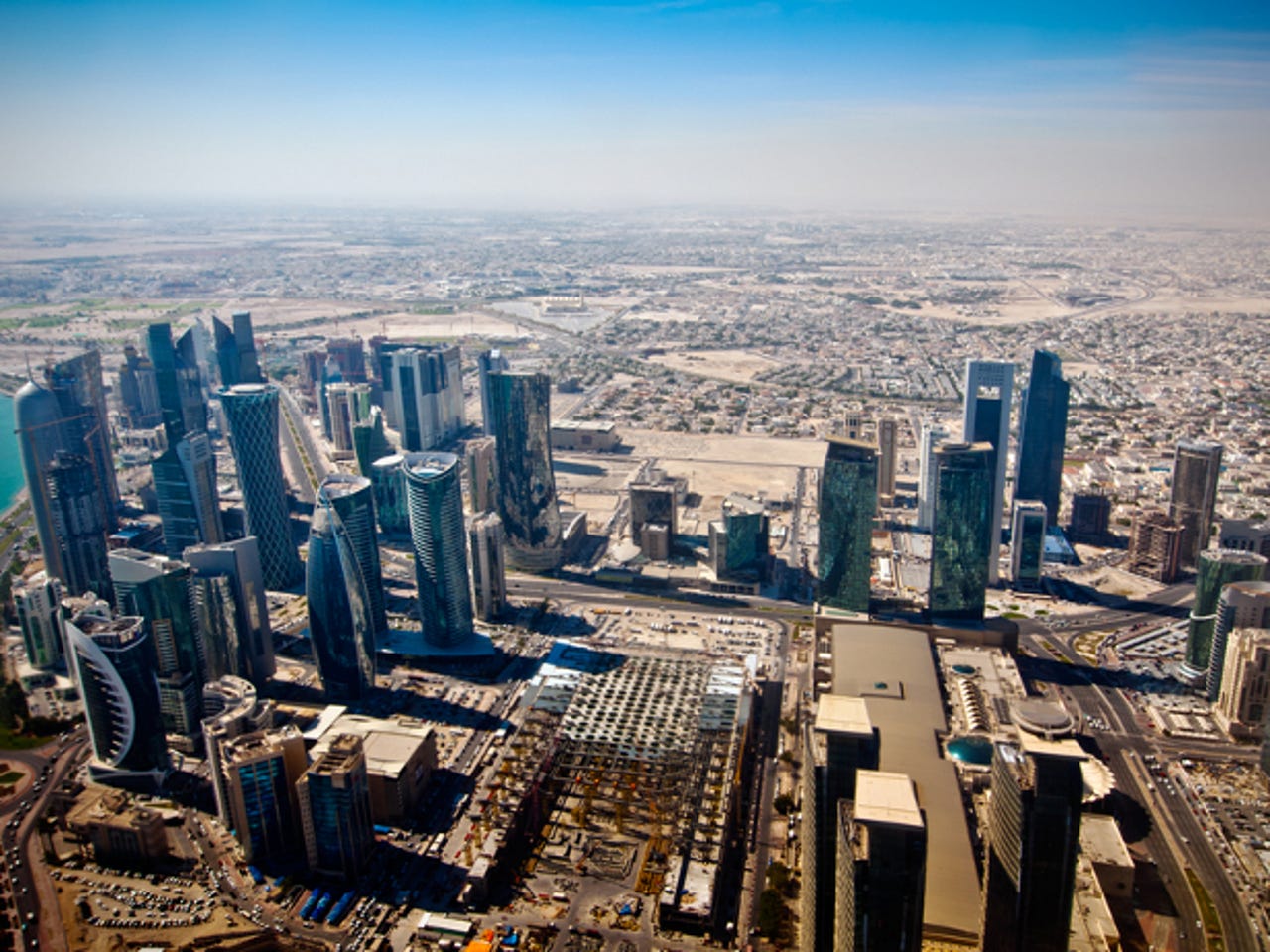10 new insights into mobile in the Middle East


A new report by GSMA Intelligence has shed light on the fast changing nature of mobile markets in the Arab world, as well as reiterating some of the regional variances that we have that we've previously seen characterising the region.
Particularly interesting is the forecast that smartphone penetration across North Africa and the Gulf will be "almost equal by 2020", a striking conclusion given the current disparity between these two sub-regions. Qatar and UAE enjoy the highest levels of smartphone adoption in the world at 80 percent while none of the North African countries in the study have takeup levels anywhere near the global average of 29 percent.
In fact, outside the Gulf, the only MENA country with smartphone penetration above 20 percent is Lebanon, where 34 percent of total connections are smartphones. Takeup in other MENA nations ranges from 10 percent in South Sudan to 18 percent in Jordan.
Nonetheless, some markets are starting to see a more rapid adoption of smartphones. Morocco's Maroc Telecom, for example, added 1.2 million 3G connections during the second quarter of 2014, up 46 percent from the previous quarter; it's a development that supports the idea that the smartphone gap will be minimal by the end of the decade.
Smartphone ownership aside, here are ten other findings from the report which caught our eye.
10 discoveries you need to know
- Across 19 Arab countries there are 404 million mobile connections — and 195 million subscribers.
- 3G and 4G connections grew from nearly 9 million connections in 2008 to 106 million by 2013. At a 64 percent CAGR this comfortably exceeds the global average of 37 percent during this time.
- The five largest markets in the region — in order of the number of mobile connections — are Egypt, Saudi Arabia, Iraq, Algeria and Morocco. Collectively these five countries represent nearly two-thirds of the region's unique mobile subscriber base.
- Egypt, with 44 million unique mobile subscribers — and 23 per cent of the total subscriptions in the region – dominates the market in terms of user penetration.
- South Sudan, by contrast, is MENA's smallest mobile market. Just 16 percent of the country is subscribed to a mobile service; akin to 1.9 million out of a population of 11.5 million.
- The only other countries with mobile penetration below half the population are Sudan (41 percent), Syria (42 percent), Yemen (45 percent) Palestine (46 percent) and Algeria (48 percent). Each of these nations, nonetheless, still has a much higher mobile penetration level than South Sudan.
- Socioeconomic factors play a clear role in influencing takeup levels. GDP per capita (gross domestic product divided by the number of people in the country) in South Sudan, Sudan, Syria, Yemen, and Palestine, is under $2,000 a year.
- These factors may also help to explain why 92 percent of connections in the region are prepaid; compared to a global average of 77 percent.
- Oman has five MVNOs, with two more planned. There are only three MNVOs across the rest of the region: one each in Tunisia, Jordan and Saudi. (MVNOs are providers who do not have their own network infrastructure or licensed radio spectrum, instead using someone else's network to deliver their branded services.) Oman was the first MENA country to launch an MVNO network, FRiENDi mobile, way back in April 2009.
- Between 2010 and 2013 SMS volumes in UAE dropped by an average of 10 percent a year — while MMS dropped by 19 percent per annum — as users migrated towards messaging services such as WhatsApp. "In the UAE, seven of the top 10 free Android apps in August 2014 were OMS (online messaging service) applications," the report notes.
Where next for MENA?
It is not surprising given the projected trajectory of smartphone penetration in North Africa that the study also suggests that MENA will also see a rapid growth in mobile data usage in the coming years. With an anticipated CAGR of 70 percent between 2013 and 2018, the report suggests that MENA will become the fast growing market in the world for data traffic growth.
However, it is also worth noting that much of this growth will come from 3G connections. In contrast, 4G connections, will "only account for nine percent of regional connections… well behind the global average of 27 percent." It's probable therefore that by the time much of North Africa has adopted 3G, 4G will have become the default for many mobile users in the Gulf. In that scenario, the digital divides currently present in the region will simply have evolved; rather than disappeared.
To help reduce this risk, as well as ensure the continued growth of mobile markets in the region, the paper also examines different ways in which takeup gaps could be reduced. "Curbing counterproductive taxation"; launching new services and price plans; innovative products like Mozilla's $25 smartphone; and voluntary network sharing were all identified as potential remedies.
Whether these prospective solutions will be realised remains to be seen, but either way, the dynamism of MENA's mobile markets looks set to continue for some time to come.